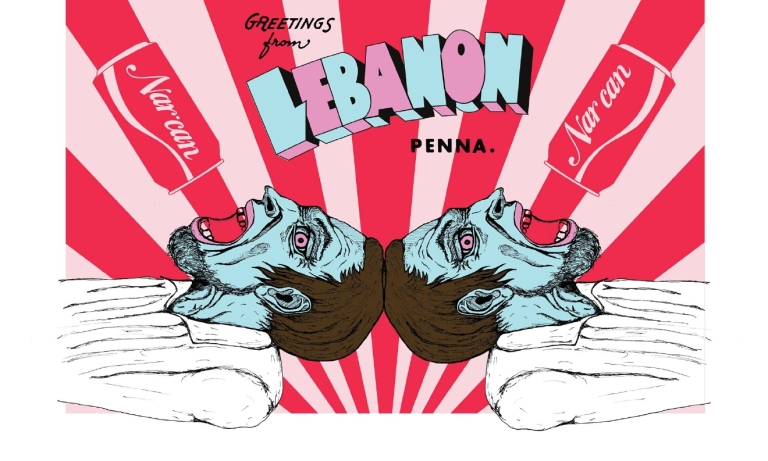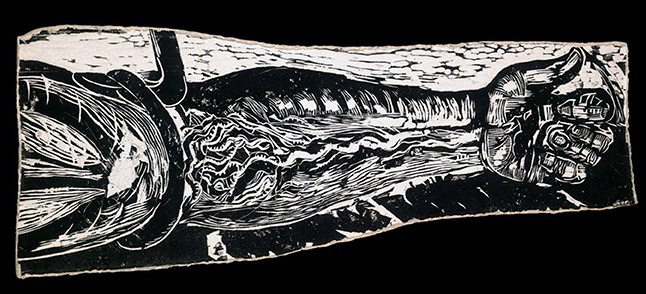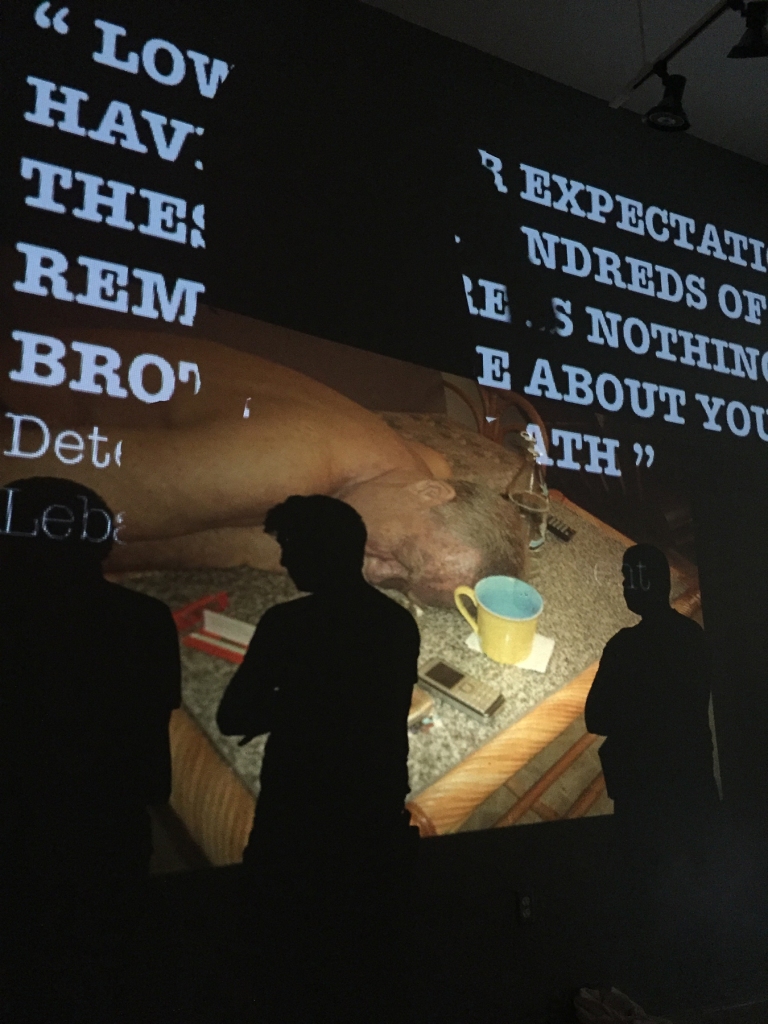

Epidemic: an exhibition by Dr. Eric Avery and Adam DelMarcelle
October 25 – December 19, 2018
Cora Miller Gallery (on campus)
Artist Lecture:
Can Art Save Lives? A Conversation with Dr. Eric Avery and Adam DelMarcelle
Thursday, October 25, 2018, 5:30 PM, DeMeester Recital Hall
This exhibit brings together the work of two activist artists, Eric Avery and Adam DelMarcelle, as they bear witness, and call us to action as the opioid epidemic claims the lives of 197 people a day in the United States.
Eric Avery is an artist and psychiatrist with a long history of making art related to his medical work with refugees, human rights abuses, HIV/AIDS and Hepatitis C. During the time of HIV/AIDS, his prints captured truthful moments in the pandemic sweeping the world and his pioneering art medicine actions demystified HIV testing and AIDS care by conducting testing and exhibiting medical care in the gallery and art museum settings. He has tried to show how art can save lives.
Adam DelMarcelle’s prints and social art actions have been made in Pennsylvania, on the frontlines of the exploding opioid epidemic and have functioned to educate and mobilize community response through compelling his viewers to ask better questions and to always be suspect of the information given by those in power. After losing a brother to an opioid overdose, DelMarcelle committed his life to the betterment of his community through his work as an educator and artist.
An epidemic is defined by the artists as a progressive descent from physical, psychological and community wellness which is often ignored until the suffering and death from our human family can no longer be hidden behind the walls of the power structures’ status quo. Successful interventions during epidemics often require all persons within a community to ask themselves what part they play in the landscape of the problem and how they might best participate in reducing harm and restoring wellness.
During an epidemic, the past can repeat itself and previous lessons have to be relearned. In January 2018, when the Governor of Pennsylvania declared a statewide health disaster for the opioid and heroin epidemic, we were reminded of the hopelessness and terror of the 1990’s, when HIV/AIDS was spreading and many were dying. If history repeats itself in the current opioid epidemic, the hopelessness, stigma and death will be reduced as the understanding of contributing factors grows, treatment approaches improve and community resources are marshalled to respond.
In this exhibit, Avery’s historical prints position the opioid epidemic in a larger context of earlier epidemics. DelMarcelle’s installation of Our Town and current print series will take the viewer through the streets of Lebanon, PA where heroin is being sold and people die. Within the gallery, a Harm Reduction art action space will be used for Harm Reduction education, including Naloxone training, information sessions on needle exchange and safer using methods. Information will be available in the space for those seeking help, support and available treatment options. Harm reduction at its core meets people where they are with compassion and aims to keep them alive.
With the goals of supporting the development of a deeper understanding of the opioid epidemic and to encourage reflective thinking about harm reduction as a needed immediate response, the exhibit bears witness and encourages reflective thinking. An art gallery as a space for healing and harm reduction? Why not? Art can save lives.

Adam DelMarcelle: Our Town
October 25 – November 20, 2018
Brossman Gallery (on campus)
Lecture: Thursday, October 25, 2018, 5:30 PM, DeMeester Recital Hall
Adam DelMarcelle’s Our Town is an installation that investigates the current landscape of the heroin and opioid epidemic and how communities and institutions are responding to the crisis. Informed by intense research and motivated by his own experience of tragic loss, DelMarcelle has constructed an immersive, deeply moving environment for contemplation that combines video projection, automated carousel slide projections, and audio recordings. DelMarcelle’s design activism has attracted not only the attention of city officials, police and media in his hometown of Lebanon, PA, but also national attention in publications like the Huffington Post.